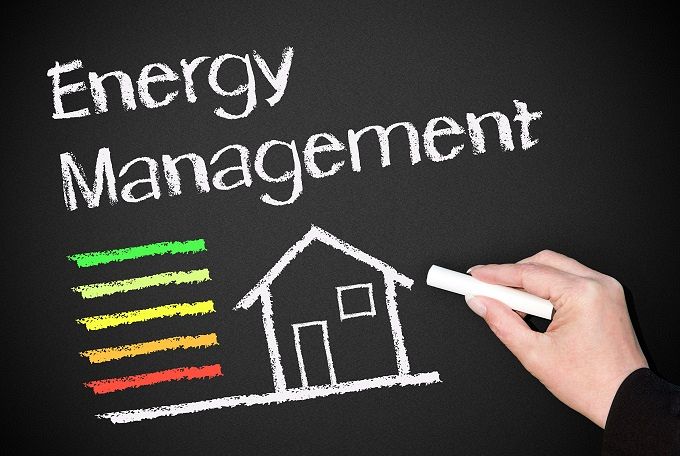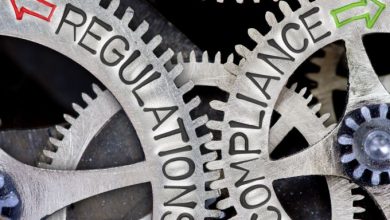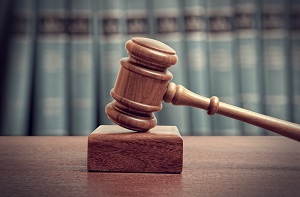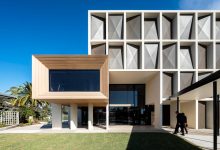
Reducing bills: hospitality is not a 9-to-5 business
In hospitality, energy consumption never takes a break. Guests come-and-go and providers need to power their businesses around the clock.
With energy costs continuing to rise: accounting for up-to 20 percent of total business costs in an industry where profit margins can be low, it is essential to reduce and manage energy use and increase revenue without losing employees.
Cash saved on energy goes straight to the bottom-line and implementation of simple energy efficiency measures will make your business more competitive, viable and therefore valuable. In addition to financial and customer service benefits there are huge social and environmental repercussions: reduce your carbon footprint, enhance your green credentials and be more attractive to your guests.
Smart energy solutions seem to be the way forward, with technologies and guestroom automation coming to the rescue.
EMS (energy management systems); it’s one of those industry buzz acronyms bandied about. A term for a collection of different processes that can make daunting research for an interested accommodation provider. With so many systems on the market today; some claiming to be specific to the hospitality sector and others claiming they can work in any setting; all having unique features; how do you navigate and figure it out?
With some slight differences and configurations, established EMS constructions are simplified here:
The brain – an intelligent HVAC (heating, ventilation, and air conditioning) interface communicator where processing is performed to calculate when the user’s HVAC setting should be on or off.
In-room sensors – a choice of devices and switches installed around the area that the HVAC system controls. These sensors determine if the HVAC should be running or not. Many properties have in-room energy control switches, ensuring that only power within a guestroom is operable when activated by a plastic card, electronic door key or wireless and infrared sensors.
Wireless installations – invisibility creates a recipe for rapid return on investment, by actively controlling the room temperatures without asking the guest (who has no interest in cost-saving) to participate. The introduction of the door sensor finely tuned the accuracy of the EMS system by detecting guestroom occupants, then allowing a wake up and disabling of the energy savings HVAC settings. This is now the gold standard for balancing energy savings and guest comfort.
Digital thermostats – thermostats and energy meters all play a vital role in effective energy management. Programmable smart digital thermostats can tightly control guest-set temperatures in rooms without any overshooting of temperature. When guests leave the room, the system will set the temperature back several degrees, resulting in substantial energy savings. When the guest returns to the room, the temperature is returned to the last guest-set temperature.
Occupancy-based systems – energy control without impacting the guest’s experience of comfort; these are linked to systems within the PMS (property management system). This may generate additional energy savings by knowing when the guest checks in/out, and applying temperate settings for the room, based on guest-movements.
Realistic EMS programming – smart programming of your EMS consists of careful forethought about the room, typical occupant, and environment. Your system’s configuration settings will dictate user comfort versus energy savings. The aim is that your system should be invisible to your guests.
Metering and monitoring – evaluation of past consumption and careful planning of future usage is key to any ongoing energy reduction strategy. Typical energy savings between 10 percent and 30 percent can be achieved depending on the strategy implemented.
Integration – up-to-date EMS should integrate and communicate with door lock systems, housekeeping and engineering management workflow solutions; BMS (building management systems), PMS (property management systems) and on guest apps.
What’s new? Picture this: at reservation, your guest downloads your accommodation’s app; it has the hotel’s features that allow them to pre-book and send requests; a message is sent to confirm the room number and upon arrival, your guest can bypass reception and head straight to their room.
Here, the room’s temperature is set to their liking because the occupied status has been triggered and when your guest presents their smartphone to the lock, it opens and the welcome light setting switches on. Room service is also triggered and a welcome drink/snack arrives. Your guest is also able to use their smartphone to close the curtains, change the fan speed setting of the heating/cooling, switch on the TV, and so on…
When your guest leaves the room, the status changes to un-occupied and the lights go off, but the temperature setting allows for a comfortable temperature for when the guest returns. Upon check out, (can be done from the app), the room goes into vacant and triggers minimum energy use with an automatic alert sent to housekeeping.
This solution is not just about energy management; it is a complete end-to-end solution benefitting the hotel operators, owners and guests.
Whatever energy management solution you implement to suit your accommodation and the needs of your guests, there will be several positive outcomes; consumption and operating costs will reduce and you should see immediate results.
There will also be a positive effect on the life of your equipment and the efficiency of your staff.

AccomNews is not affiliated with any government agency, body or political party. We are an independently owned, family-operated magazine.







Rosie I would like to contact you for advise re how to improve the cost base at our motel